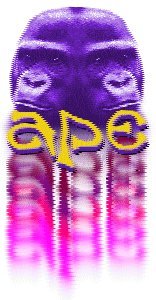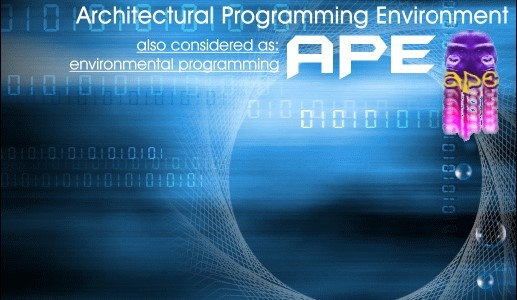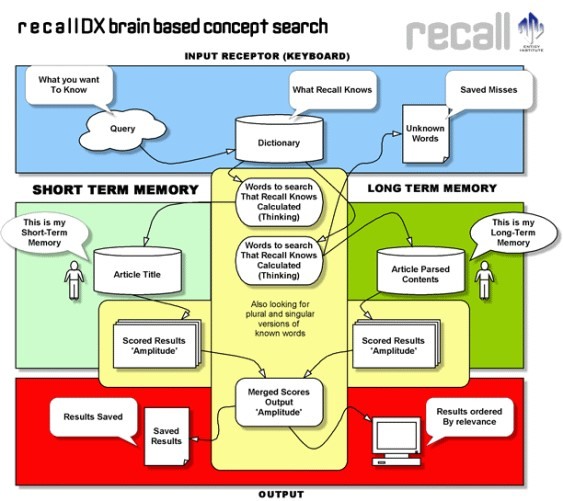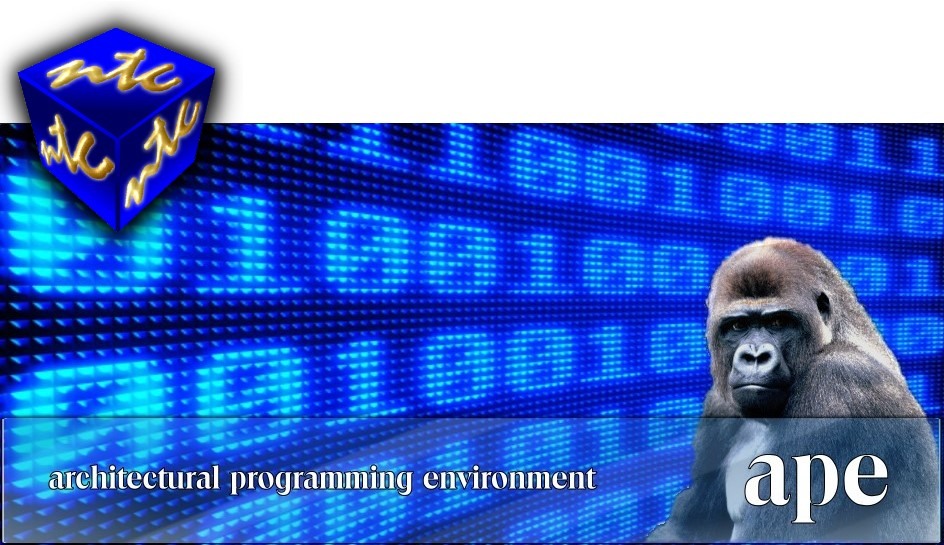This piece is more for the ‘inner circle’ and those highly interested in the workings of the existence we find ourselves in.
Of course; those with the fortitude[1] to endure the elucidation are welcome.
The ‘virtual choir’ is a force online with quite a few artists harboring the patience to edit such monstrous productions. To understand what a virtual choir is please visit one of the leading artists’ explanation:
Such a thing as the amazing creation of a virtual choir is a model for depiction of something far greater. Which creation matters as the total of the story being told is the product of the video; while the parts are not at all connected except for the song itself. That takes a ‘choir’ completely into another realm. All singers interacting with one singer or base song are not influenced by any other singer of the whole song. Interesting to say the least. But a model for a great deal of things.
The virtual choir is a metaphor for a whole: made up of its parts that is greater than the parts alone.
That alone describes every single ‘thing’ in the Universe.
To borrow a most likely highly trademarked phrase from The Profit of CNBC Network: The product is the song. The process is what makes the virtual choir able to be used to visually depict pretty much everything; (process explained below). The people are the parts of the song. People-Process-Product. Marcus Lemonis, a truly amazing encyclopedia of how to do business the right way (whom I greatly admire for that and his good heart but can’t stand his obscene politics [yes there is an explanation for that]) coined the phrase for his program. I proudly wear my show provided black People-Process-Product T-shirt to Walmart where it receives curious stares from otherwise unaware shoppers.
The process that is so amazing in making a virtual choir is best depicted, created, edited and produced by a guy named David Wesley an amazing talent!
The first video here is located at https://www.youtube.com/watch?v=RY4CW5pte98
While you watch the video (listening is good to do but not necessary to see the result, although without hearing the song the result doesn’t make much sense!) refer to these points in mind.
- The song itself is the generated output. The point. The story. The whole.
- The people are each equal parts of the whole. But… due to the form and style of editing, which highlights singers heard more than others by grouping them and making them larger, shows a clear depiction of the process performed by a simple equation.
- The larger the image of a person, the more influence that person has on the whole. Each influence, for the duration of it, changes the whole.
- It is a many part machine where similars are grouped to provide greater influence because they are similar, or complimentary.
If you know the equation well and you stare at the video long enough the connection will emerge. The process displays. Although there is no actual calculation going on between images, the visual depiction is a literal exact replication of the action of the equation.
 Now imagine: if the mixture of the whole was not made by a highly talented, and dedicated servant: but rather by a computer program in real time. Then you would be looking at the depiction of the resulting knowledge base of Elijah (code name). In case you missed it ‘Elijah’ is the next level engine built from the KnowNow test platform and perfected in the Recall Find Engine, all of which are nothing but the equation. The online brain for years duplicated this process depicting color merges and changes. Recall did run for a few years on line and did everything its limited capacity needed to prove. With each internet user becoming one singer of the whole, their searches not tracked, but calculated results in a visual depiction of the topics of the world’s human population. The Recall engine answers questions with references it does not list websites with the words in them, resides on your computer and only queries the internet. No form of cheating can change a page’s depiction in the Recall process.
Now imagine: if the mixture of the whole was not made by a highly talented, and dedicated servant: but rather by a computer program in real time. Then you would be looking at the depiction of the resulting knowledge base of Elijah (code name). In case you missed it ‘Elijah’ is the next level engine built from the KnowNow test platform and perfected in the Recall Find Engine, all of which are nothing but the equation. The online brain for years duplicated this process depicting color merges and changes. Recall did run for a few years on line and did everything its limited capacity needed to prove. With each internet user becoming one singer of the whole, their searches not tracked, but calculated results in a visual depiction of the topics of the world’s human population. The Recall engine answers questions with references it does not list websites with the words in them, resides on your computer and only queries the internet. No form of cheating can change a page’s depiction in the Recall process.
The video below, from the same source (David Wesley) shows the growth of a system. This is a nice model of a new and growing brain. Large images are inputs. They join with previous memory (former inputs) to form similars and references and fall smaller as they age; until the brain is living all in the past. Just think if the song was not what it is. If it was frantic, dark and creepy, or abuse or screaming or lies or betrayal or any sort of bad thing. Would make for a pretty bad memory. Keep these in mind while watching the transitions and start from the perspective of a newborn baby just becoming knowledgeable of the world:
- The song itself is the generated output. The point. The story. The whole. The person.
- The inputs (both people of various timbre and instruments of various bravado) are each equal parts of the whole. But… due to the form and style of editing, which highlights inputs heard more than others by grouping them and making them larger, shows a clear depiction of the process performed by a simple equation.
- The larger the image of a person, the more influence that person has on the whole. Each influence, for the duration of it, changes the whole.
- It is a many part machine where similars are grouped to provide greater influence because they are similar, or complimentary.
The video starts with the song everyone heard and as more new inputs are presented they join the chorus. Inputs are different. Some are human. Some are an instrument and many different ones. The same process is used to calculate every type of input. In the brain, luckily they do not share the same pathways or you would be screaming obscenities from the internal frustration of crossed pathways. There is a condition of that very thing.
If you are not familiar with the equation it is presented on this internet vehicle https://leehempfling.com/logic-matters/changing-everything/. A simple search https://leehempfling.com/logic-matters/the-equation-for-the-human-brain/ will find it and that explanation doesn’t need to be duplicated here. But this part does:
“How something works is what makes it do what it does. It is not a laundry list of the impressive volume of parts that make up the whole of a healthy brain.
Starting with the premise that everything works under the same equation, all it took was applying that equation to function. As well as the parts.
Simply put; the brain, using the exact same equation for every single function it does, including the structure: consists of input that feeds a comparison to long term memory that outputs to short term memory that is a emerged mid term memory that saves to long term memory. Done. (Motion is that mid-term output!) That is ALL THE BRAIN DOES. Human brains that is. Other brains consist of input that feeds comparison to long term memory and saves the emerged self observation as mid term memory that is then saved to long term. Both simply output to motion. The variables are staggering.
P-N/2+N
That’s it. Nothing else is needed. This may appear to result in an average of two inputs and that it does. But what it does more than that is keep all calculations to a two body question. Averages can account for any amount of inputs, whereas the brain equation forces two to make a new ‘one’.” [2]
Our model of existence is based on pieces moving within space. Programming is based upon moving pieces within space. Game programming is based on moving pieces with a defined space or on a game board.
Architectural Programming is the upside down perspective.
The APE model of existence is based in the space where pieces fit to the best of the space’s ability. APE programming is based upon filling the holes of no-pieces with pieces able to fill them. Game programming in APE is based on addressing the defined space or game board to determine what position is best filled by what piece capable of filling it.
A prime example of the two opposing, upside down to each other perspectives, is the game of Chess.
To understand the coming search process reaching way back for content, an understanding of the operating protocol is required:
APE stands for Architectural Programming Environment.
As a programming environment, the resulting software platforms are called landscapes.

Unlike normal binary software applications, that are written full of instructions and control logic, landscapes have no instructions and are not guided by control logic. Rather, landscapes are like buildings, offering pathways and mechanisms to conduct traffic.
Programming in an APE landscape means dealing in depth and dimensions; writing processes that mimic biologically timed mechanics, in three dimensions. It means one algorithm controls every function that involves calculating the thought of the program from its input or its memory and those calculations are based in a single algorithm. It may or may not involve the addition of remembering input other than spider indexed database contents. Input like queries in relation to results, which would help to increase the representative value of each concept, increasing learning from manually provided input.
APE is performed in any normal binary language and protocol, but the data processed in not human readable, as it is within its own internal system of process.
Having been named literally decades ago APE has nothing at all to do with https://github.com/APE-Project/APE_Server/wiki/APE-Protocol-overview any other use.
[1] Definition of fortitude: strength of mind that enables a person to encounter danger or bear pain or adversity with courage! And one of my personal favorite words.
[2] https://leehempfling.com/logic-matters/the-equation-for-the-human-brain/


